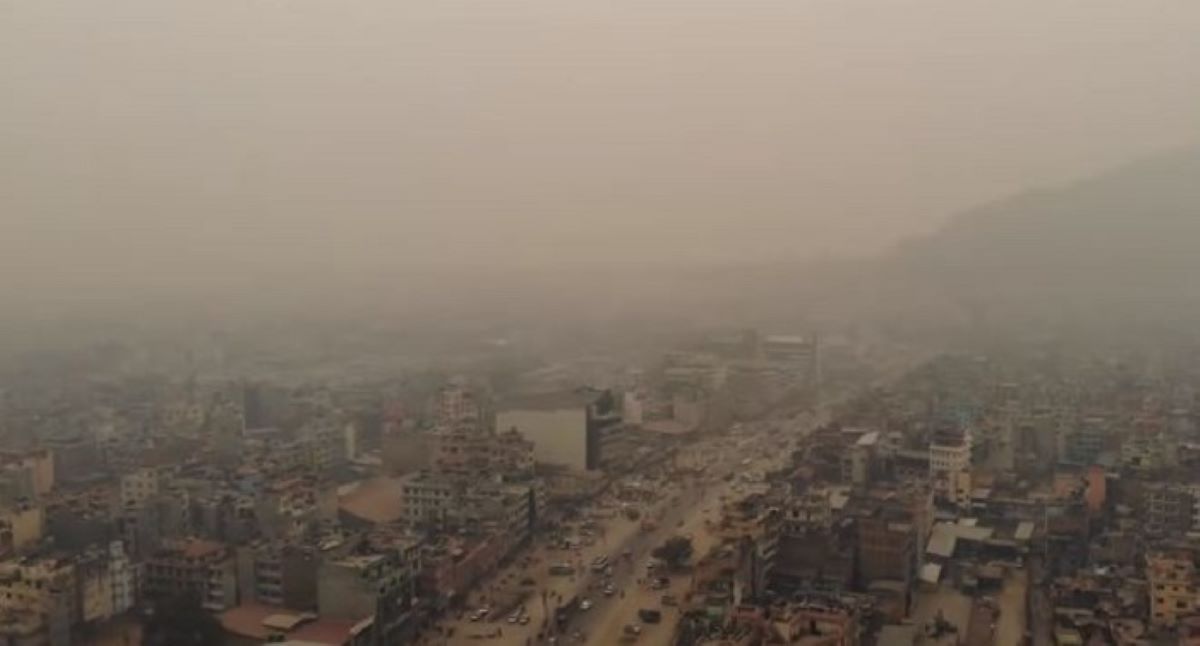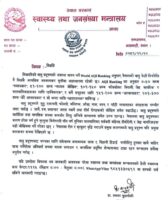
Kathmandu: Air pollution in Kathmandu Valley is increasing at an alarming rate.According to the Air Quality Index (AQI) measurement taken at 7 AM on Thursday, air pollution levels in Kathmandu Valley have exceeded dangerous levels.
Kathmandu currently ranks second in the world in terms of air pollution. At present, Baghdad, the capital of Iraq, holds the top position, while New Delhi, the capital of India, is ranked third.Experts attribute the high levels of pollution in Kathmandu Valley to the prolonged absence of rainfall, which has allowed dust to accumulate in the atmosphere.
Additionally, smoke from wildfires in various forests surrounding the valley has further deteriorated air quality.As of 7 AM today, Kathmandu’s overall AQI is recorded at 352, signifying a hazardous level of pollution.
In comparison, Baghdad’s AQI is alarmingly high at 973, while New Delhi reports an AQI of 198. Health professionals have warned that the current air quality in Kathmandu poses significant health risks.The Ministry of Health issued a statement on Thursday evening, highlighting that Nepal’s air is among the most unhealthy in the world and urging citizens to take necessary precautions.

In response to deteriorating air conditions, the government has advised the public to avoid outdoor activities, especially in the morning hours when pollution levels are particularly high.Doctors recommend minimizing exposure to polluted air to prevent respiratory and cardiovascular issues.
According to the World Health Organization (WHO) standards, an AQI below 35 is considered safe for human health, while values up to 50 are still deemed acceptable.However, AQI levels exceeding 50 pose increasing health risks. An AQI between 51 and 100 signals caution, especially for sensitive groups, while an AQI from 101 to 150 can adversely affect individuals with respiratory or heart conditions.
When AQI levels rise between 151 and 200, the air becomes unhealthy for all age groups.Beyond this, an AQI from 201 to 300 is classified as extremely unhealthy, while levels between 301 and 400 are deemed hazardous, and those above 400 are considered extremely hazardous.
The Air Quality Management Action Plan for Kathmandu Valley (2076 BS) states that an AQI value exceeding 300 constitutes a disaster.Authorities and environmental experts emphasize the urgent need for measures such as reducing vehicle emissions, controlling dust pollution, and increasing green spaces to mitigate the worsening air quality crisis.
Comments